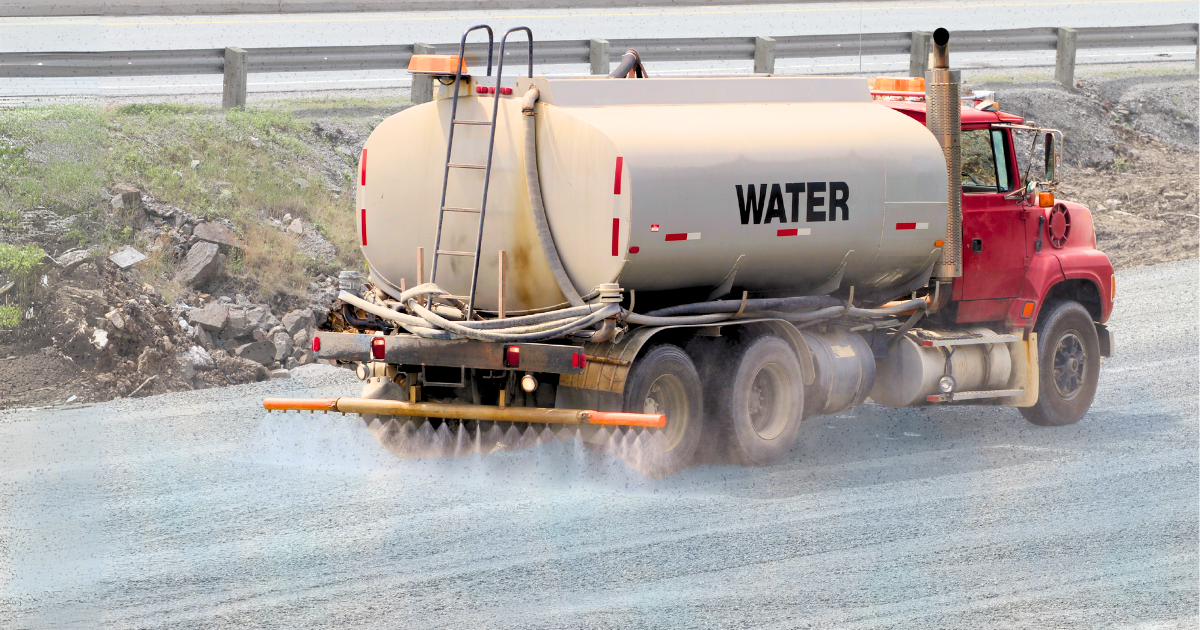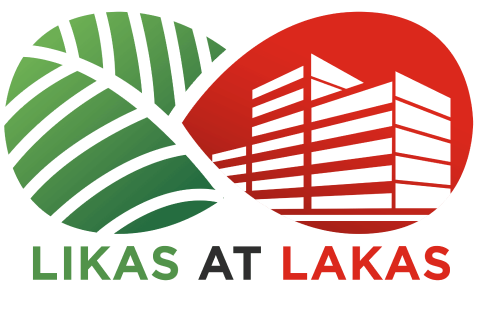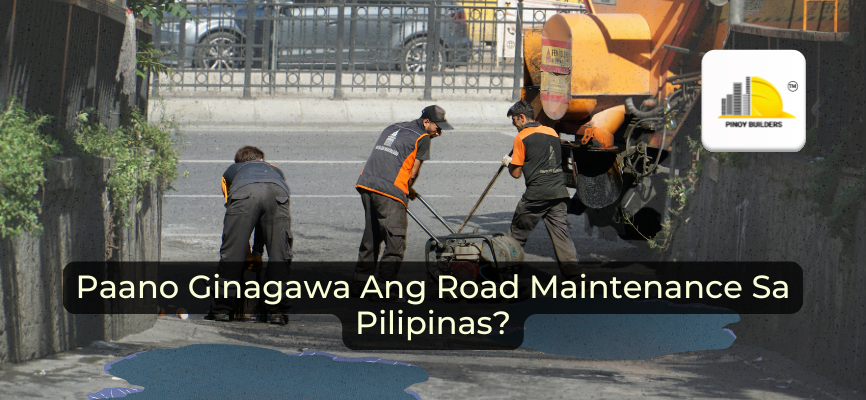During the summer, some people notice water trucks spraying roads in certain areas of the Philippines. It may seem unusual, especially when there’s no visible construction or dust. So why is the spraying done, and what does it have to do with road upkeep?
In this article, we’ll explain the reason behind this practice and give an overview of how road maintenance is carried out nationwide to keep roads safe and usable.

What’s the Purpose of Road Water Spraying?
Watering roads during hot months plays a crucial role in maintaining the structure of the pavement. Spraying water on the surface helps control dust, which is especially important in areas where roads are unpaved or under repair. Excess dust can also affect visibility and air quality for both motorists and nearby residents, which is why road maintenance, such as water spraying, benefits both road users and pedestrians.
In addition, road watering helps reduce surface temperatures on asphalt roads. Asphalt can soften under extreme heat, which may lead to deformation or faster wear. Cooling the surface with water minimizes stress and cracking, especially during peak daytime hours.
One often overlooked but significant reason for regular watering is the benefit it provides to workers assigned to road repairs. It helps reduce heat exposure and creates a safer, more manageable working environment.
How Road Maintenance Is Done
Road maintenance involves several techniques, depending on the road’s condition, usage, and location. Local government units (LGUs) typically carry out these activities, particularly for barangay and municipal roads. For national roads and highways, the Department of Public Works and Highways (DPWH) takes the lead. In some private subdivisions or industrial areas, road repairs may also be requested and funded by local associations.
Typical maintenance activities include:
- Pavement patching and repair, such as fixing potholes and sealing cracks
- Spot regravelling and reshaping for unpaved roads
- Grading to smooth out dirt or gravel roads
- Pavement resurfacing, which may involve:
- Single or double bituminous seals
- Slurry seals or texture coats
- Thin overlays (bituminous surface layers up to 50mm thick)
- Void filling or other approved special-purpose sealants
Tools commonly used include asphalt mixers, rollers, graders, and sealants. The maintenance schedule depends on traffic flow, road age, and inspection results. Roads with higher usage are monitored more often to prevent deterioration and ensure safety.
Common Road Maintenance Issues
Maintaining roads in the Philippines comes with several challenges. Harsh weather conditions, such as extreme heat, heavy rains, and typhoons, constantly damage road surfaces. These require fast responses, which can strain maintenance budgets and manpower.
Coordination between national agencies and local governments can also be a hurdle. Delays may happen due to overlapping jurisdictions, especially in urban areas. Additionally, heavy traffic complicates repair efforts and may lead to longer project timelines to ensure public safety.

The Importance of Maintaining Roads
Routine road maintenance keeps roads safer and more efficient. Repairing potholes, sealing cracks, and managing surface wear help reduce accidents and ensure smoother travel.
Beyond repairs, maintenance includes practices like watering unpaved roads to control dust or cool surfaces. However, this must be done with care. One study shows that large-scale road spraying, especially with untreated water, can raise humidity and increase air pollution levels. Timing, water source, and scale matter.
In contrast, traditional methods like Japan’s uchimizu show how small-scale, community-led sprinkling with recycled water can support cooling and dust control without harming the environment.
Ultimately, regular maintenance protects infrastructure, supports transport, and manages public funds responsibly when guided by good planning and environmental awareness.
Roads Need Care Too
Road watering and maintenance may look simple, but they are essential steps in preserving safety and efficiency. These practices ensure that public roads serve communities for longer periods. Supporting these efforts with awareness and patience helps keep the system moving forward.
References
DILG. (n.d.). GUIDELINES ON LOCAL ROADS MAINTENANCE FOR FUNDING UNDER THE SPECIAL LOCAL ROADS FUND (SLRF) – MVUC LAW. DILG. Retrieved May 9, 2025, from https://www.dilg.gov.ph/PDF_File/reports_resources/DILG-Resources-2012104-f6483591bd.pdf
DPWH. (n.d.). Standard Specification on the Use of Roller-Compacted Concrete Pavement in Road Construction, Item 311 (6). DPWH. https://www.dpwh.gov.ph/dpwh/sites/default/files/issuances/DO_134_s2017_0.pdf
Wikipedia. (n.d.). Uchimizu. Wikipedia. https://en.wikipedia.org/wiki/Uchimizu
Tan, F., Guo, Y., Zhang, W., Xu, X., Zhang, M., Meng, F., Liu, S., Li, S., & Morawska, L. (2021). Large-Scale Spraying of Roads with Water Contributes to, Rather Than Prevents, Air Pollution. Toxics, 9(6), 122. https://doi.org/10.3390/toxics9060122










